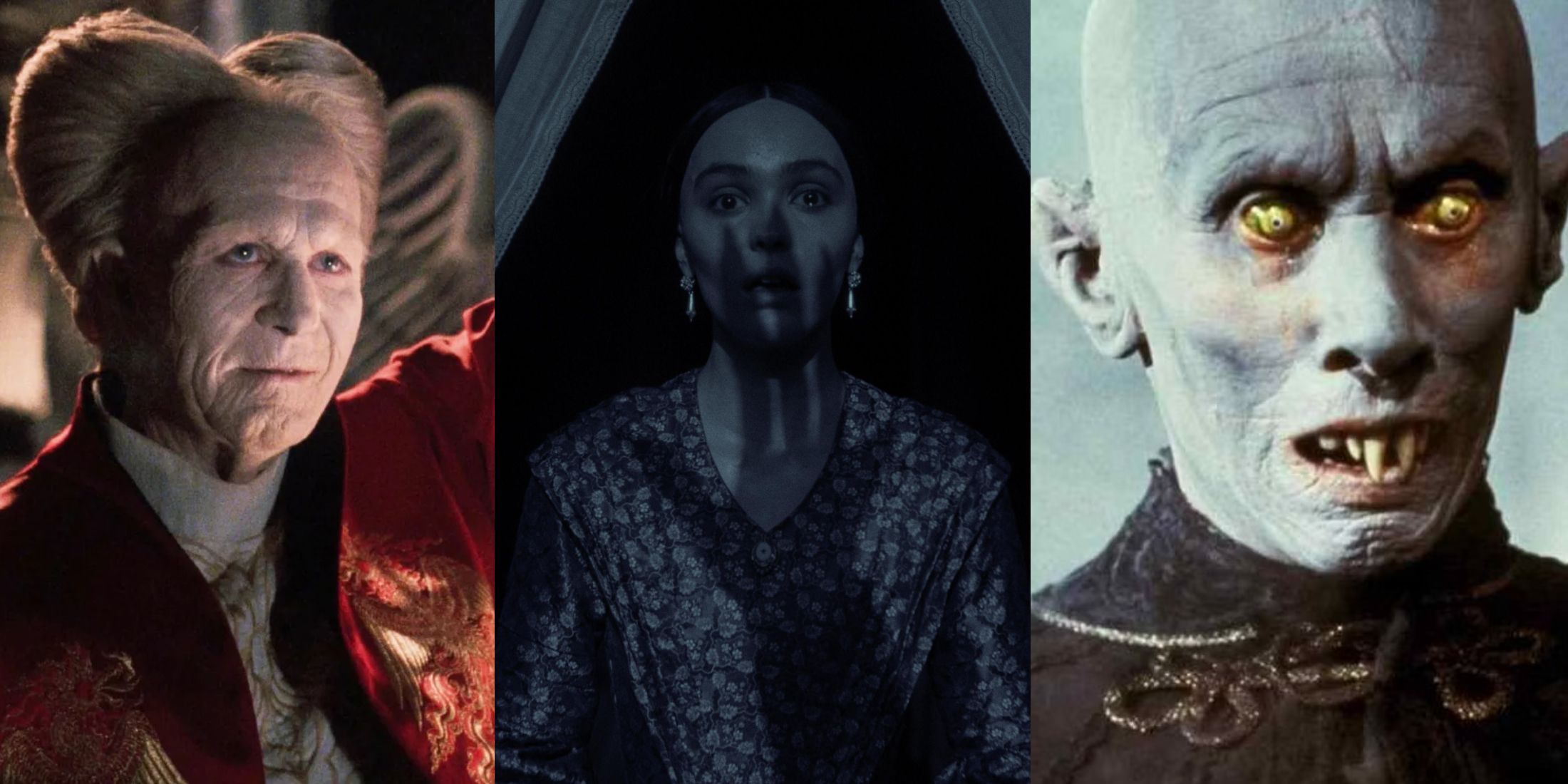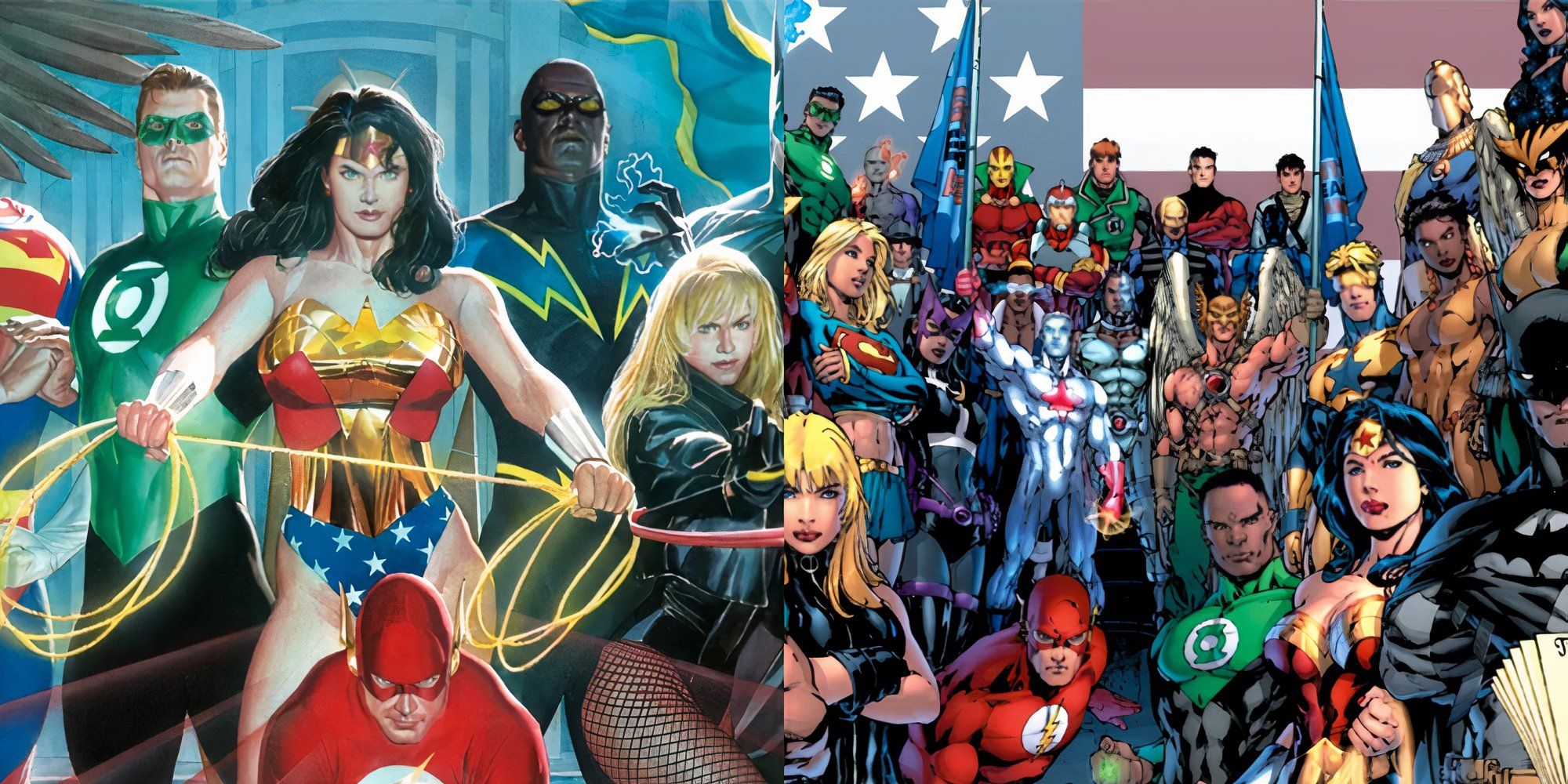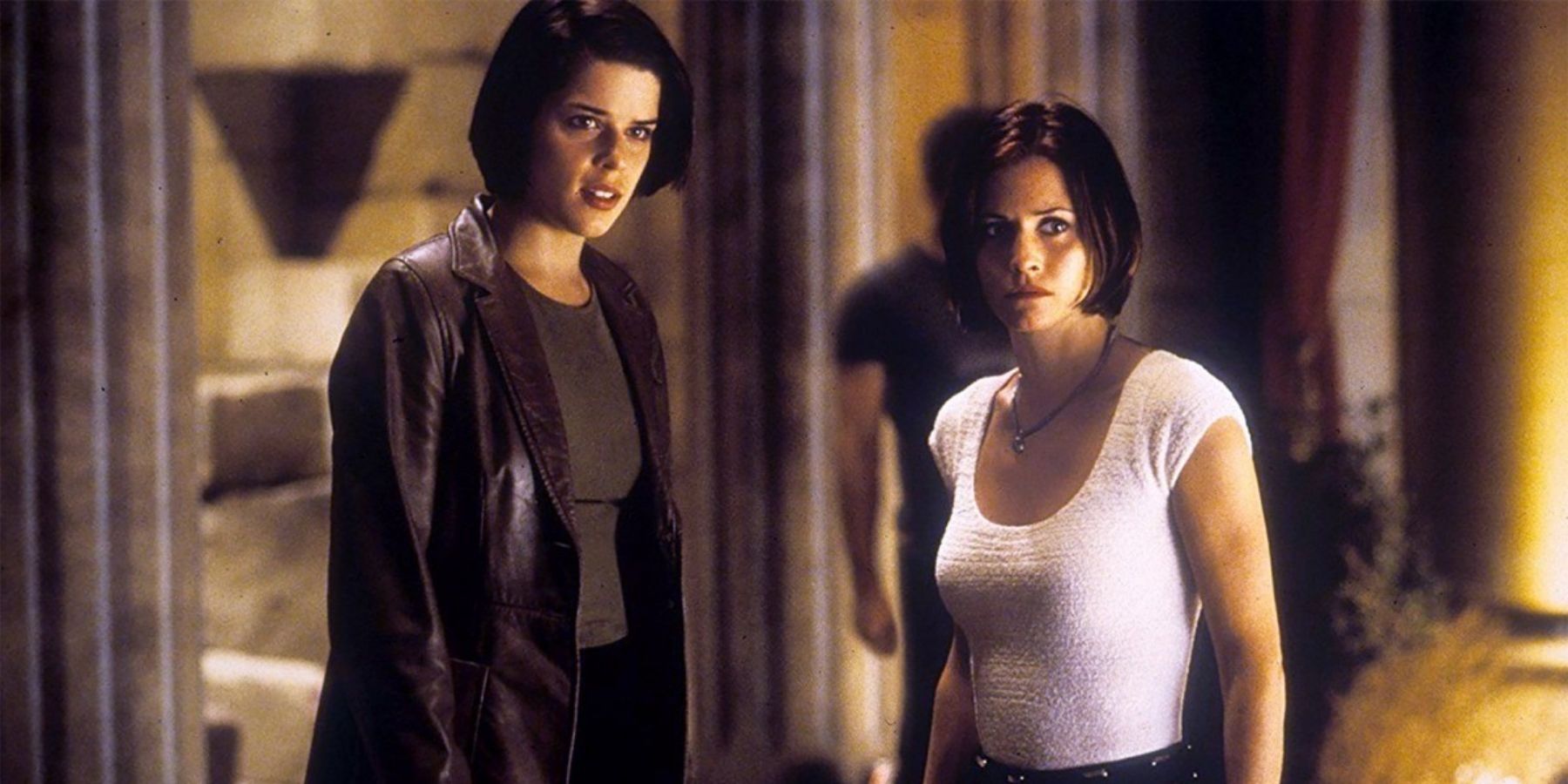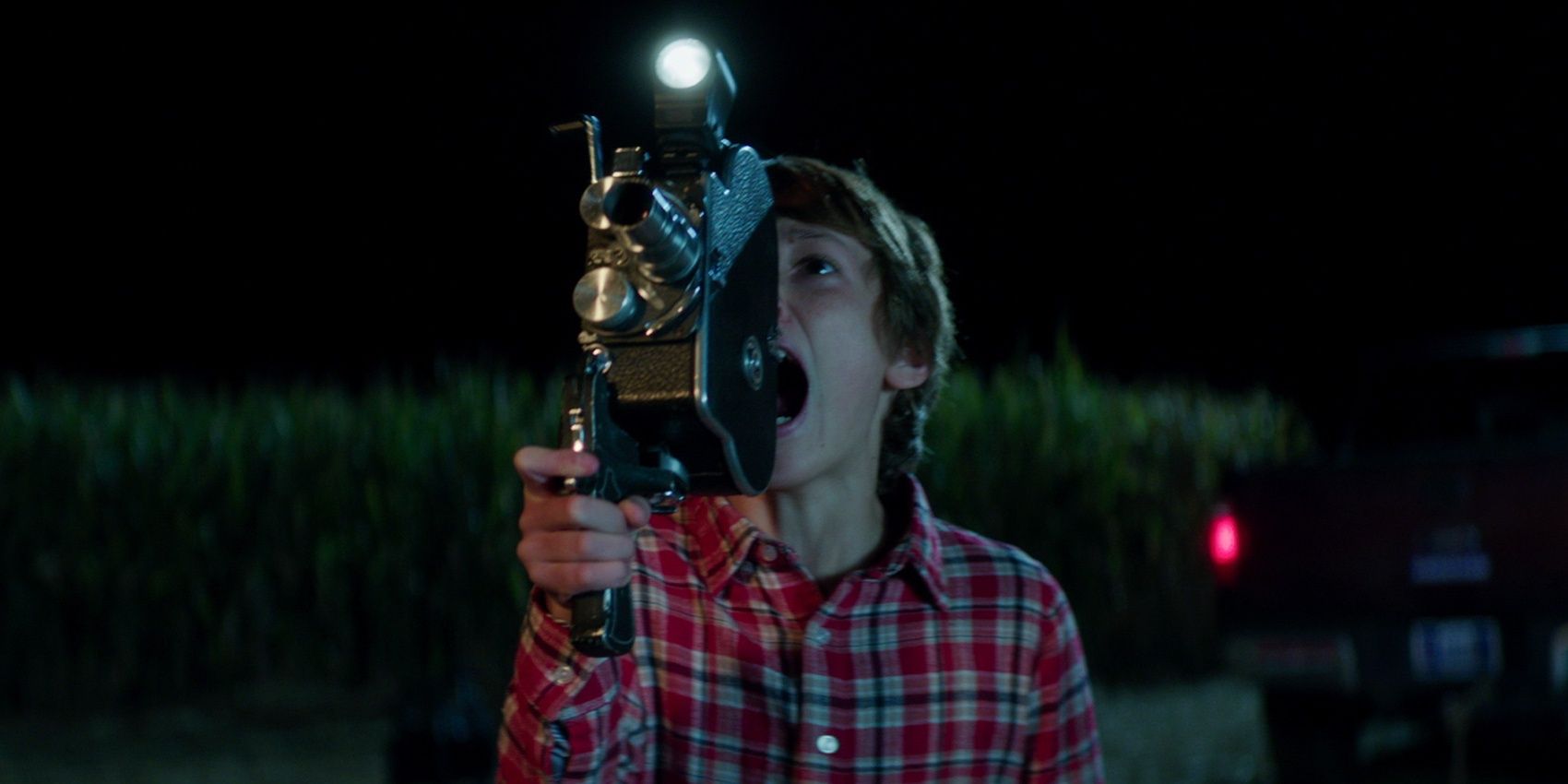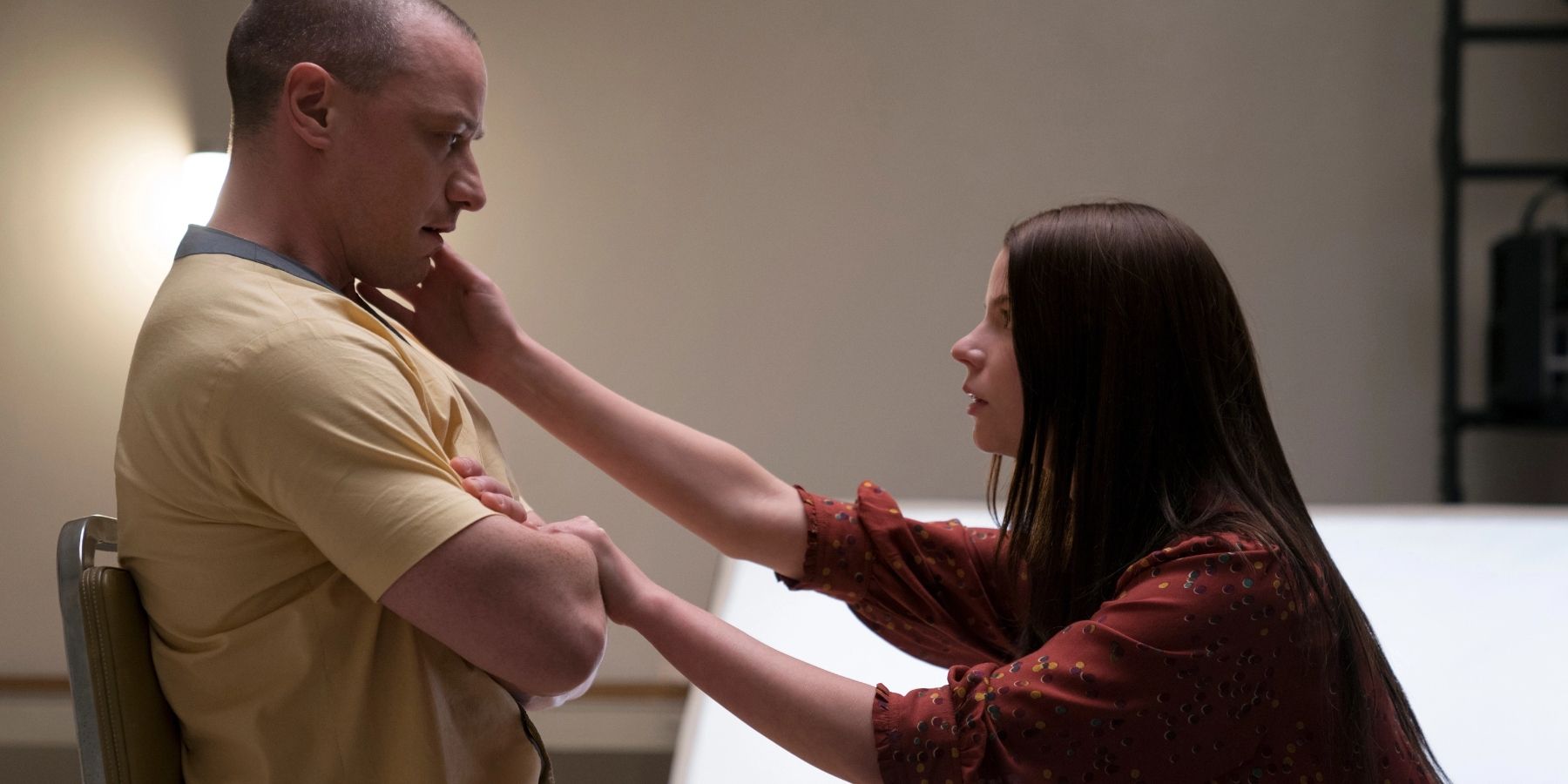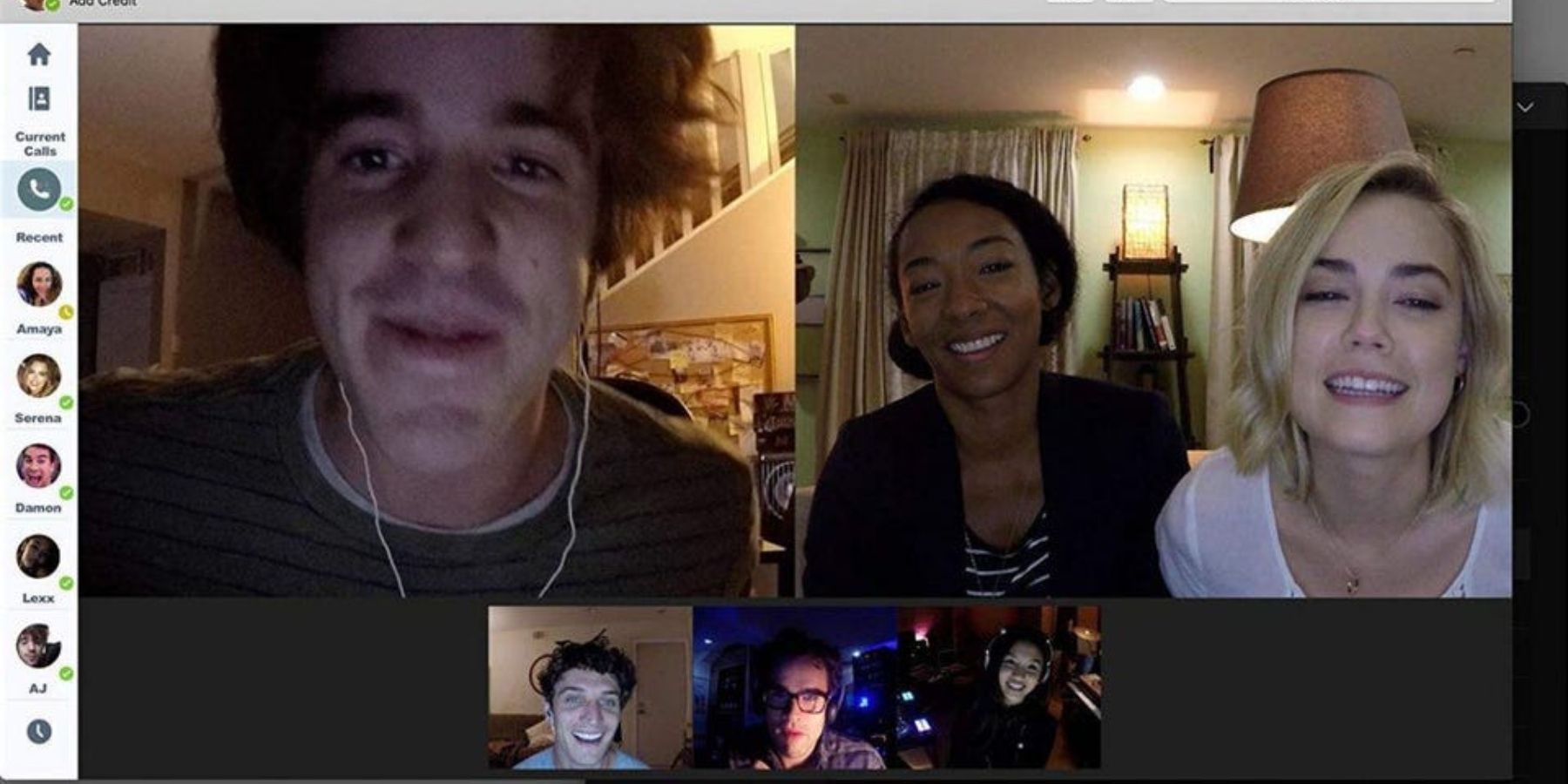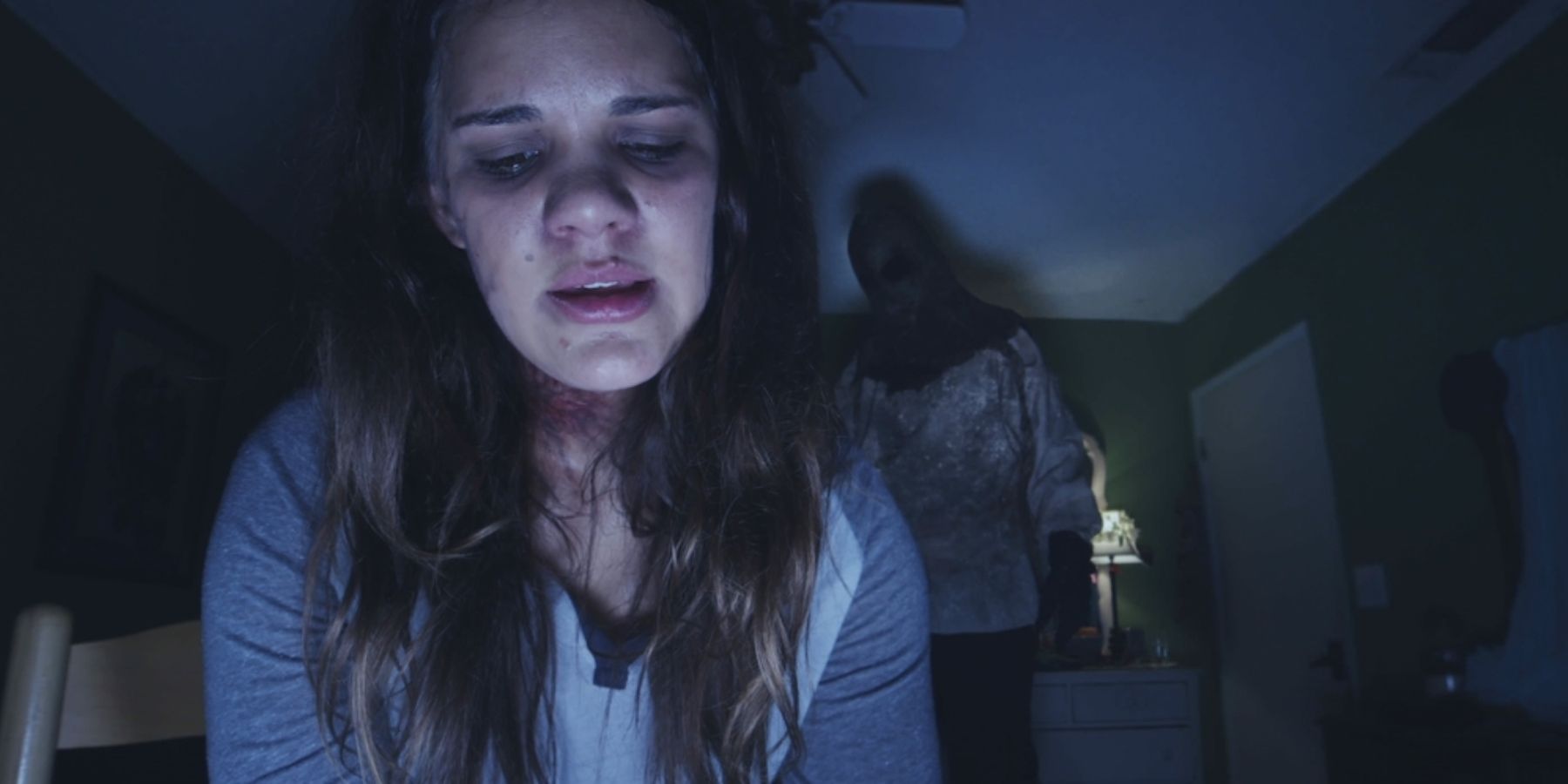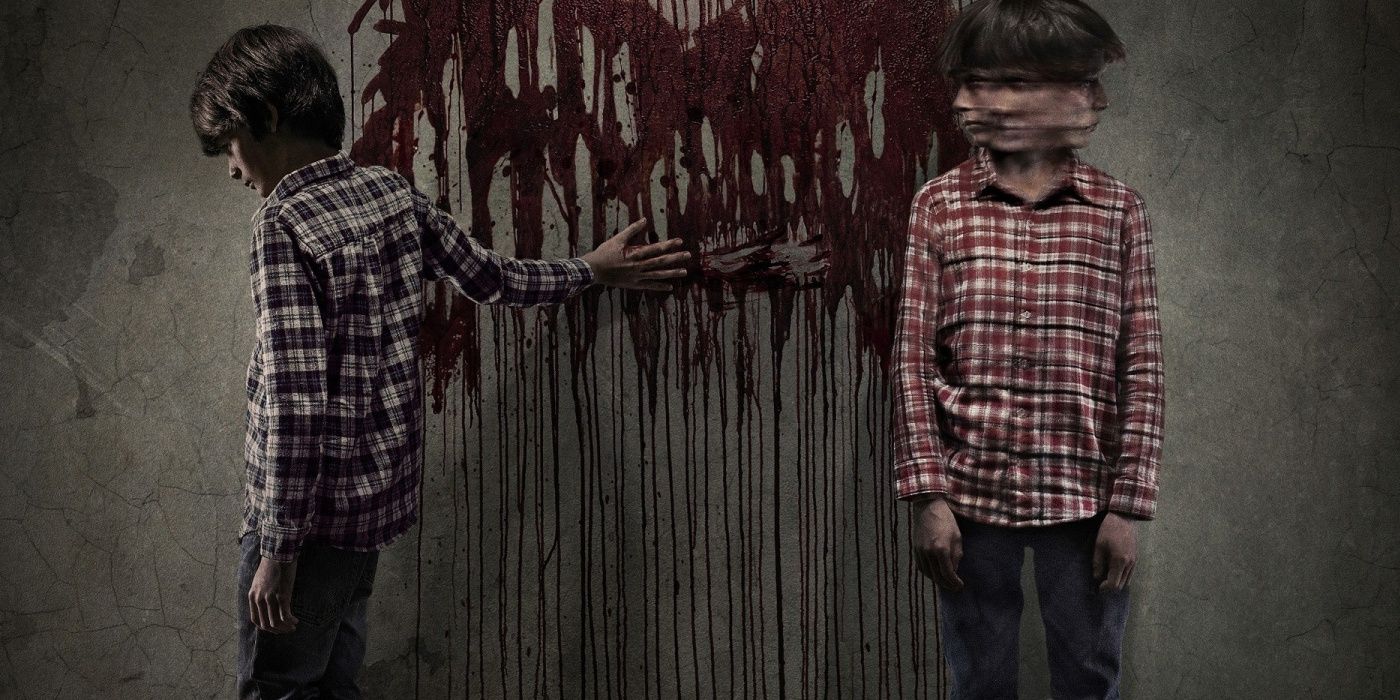Horror sequels are a pretty common target of derision. From the never-ending franchises to the ideas that only worked once to the ideas that didn't even work the first time, sequels are hard to pull off. It even presents a challenge for the iconic studio that occupies such a huge place in cinema today.
Blumhouse is a strange studio that seems to throw everything against the wall to see what sticks. Roughly one in every five or six Blumhouse productions goes anywhere beyond a decent box office return and general critical derision. There aren't many production companies with the level of public interest that Blumhouse commands, and every decision they make is ripe for questioning.
The Forever Purge
Every one of the Purge movies has received a strong financial return and a mixed critical response. Picking a best or worst by any objective measure is a fool's errand, but, all things considered, the 2013 original is probably the least compelling. The original film was so successful, despite its unimpressive execution, that it spawned an ongoing franchise. Each sequel could arguably be considered unnecessary, but the most recent one is probably the worst offender.
The Forever Purge isn't particularly worse than the others. They all have very similar appeals, centering around a near-future that legalizes all crime for one night per year as part of an eliminationist genocide plot by the New Founding Fathers. The concept was probably best executed by 2018's The First Purge, which explores deeper themes at the heart of the concept. Unfortunately, its 2021 follow-up returns to the dull stating of political ideas without actually interrogating them. There will probably be more Purge films, if only because this one would be a weak place to end.
Glass
M. Night Shyamalan's attempt at a superhero trilogy might not be the first thing people think about when they think of Blumhouse, but it is produced by the studio. After the surprise after-credit reveal of Split which tied it in with Unbreakable, the director set to work putting an end to the trilogy.
Unfortunately, Unbreakable was a great film, Split was a mixed bag, and Glass takes the worst of both without the best of either. There was no real reason to tie James McAvoy's adventures in the unflattering cinematic portrayal of DID to M. Night Shyamalan's second best-loved film ever. The end of the trilogy commits constant sins against the best aspects of Unbreakable, making it a net loss, rather than a net gain. It's hard to call it a cash-in, but it was unquestionably misguided.
Unfriended: Dark Web
There was no reason to make a sequel to Unfriended, a film that existed almost entirely off the back of its visual gimmick. The filmmakers may have agreed, seeing as the gimmick is the only thing that Dark Web takes from its predecessor. Filmed entirely from the perspective of a laptop screen, the film follows a group of teens who discover connections to the "dark web".
The film's version of the internet with the lights off seems to feature a group of hackers who function more like a murder cult. The first film focused on a ghost who haunts a Skype call to take vengeance on her friends who bullied her to suicide. Neither is a particularly gripping premise, but, in both cases, the parts people cared about started and ended with the way it was filmed. Unfriended: Dark Web is a standard-issue slasher film with a gimmick that was already done in its own predecessor. The trick barely worked once, making the second attempt a pain to get through.
The Gallows: Act II
Boasting a coveted 0% on Rotten Tomatoes and described as "Blumhouse's worst film" by RogerEbert.com, this sequel is bad on its own merits. The first film was despised by critics too, but it also made over $40 million on a $100,000 budget, so of course, it got a sequel. The titular structure used for hanging is also its unique gimmick.
The original film is about a vengeful spirit, killed in a props malfunction during a school play. The sequel keeps the cursed play, turning it into a viral challenge along the lines of Bloody Mary. It's kind of a riff on Creepypasta, and it barely touches on internet celebrities, but it's mostly a boring mess of stolen tropes and jump scares.
Sinister 2
From the dizzying heights of Sinister, the sequel fell about as far and as hard as it could. The first film's personal story was perfectly concluded by its ending, but the sequel introduces a fresh batch of victims and a series of progressively worse gimmicks. If it was the first film in its franchise, Sinister 2 would still be terrible, but the fact that it's ruining the legacy of a much better piece of horror cinema makes it even worse.

